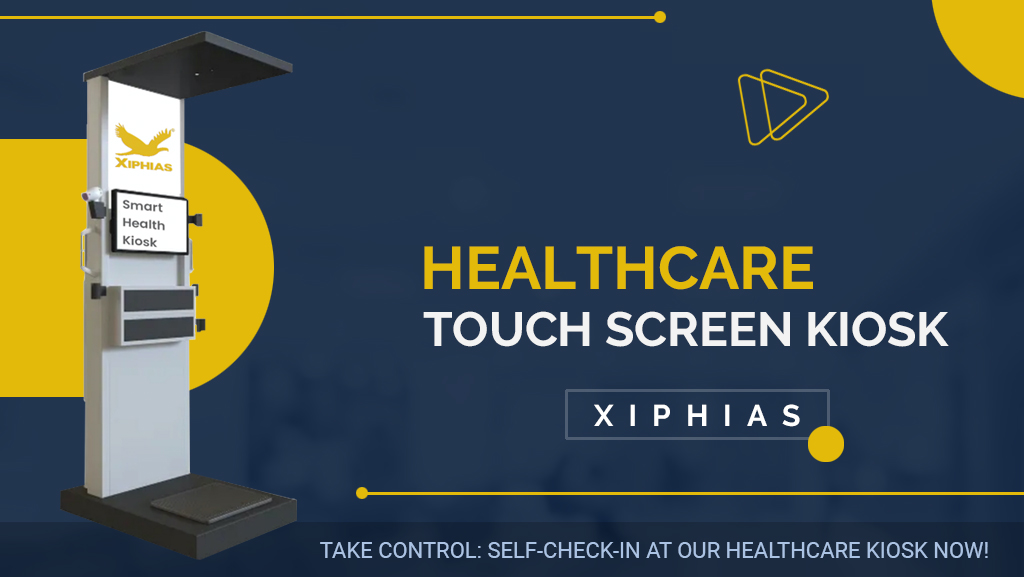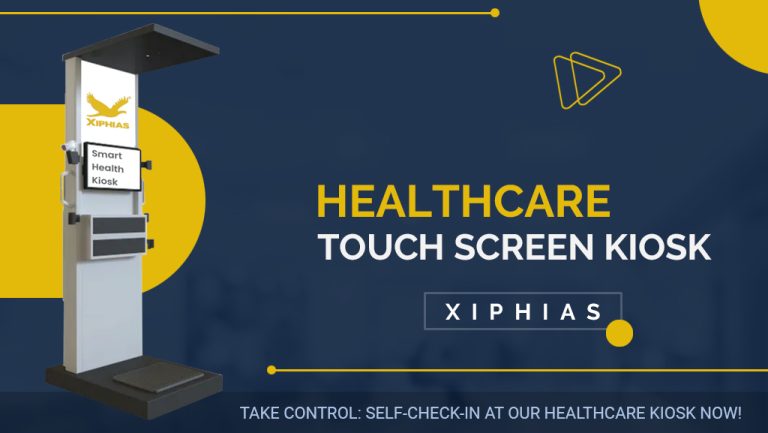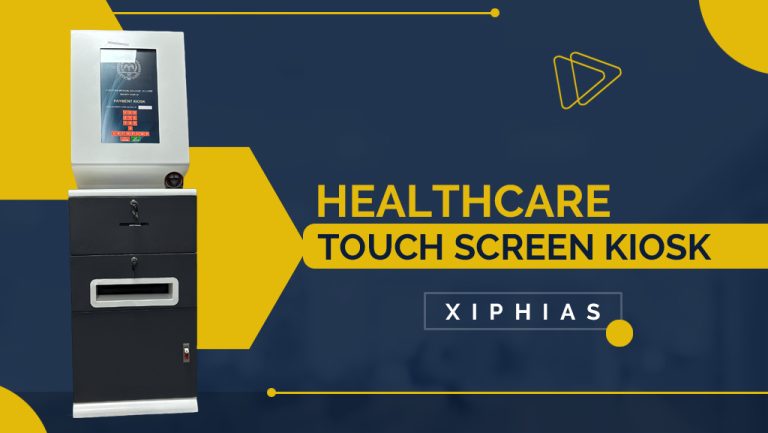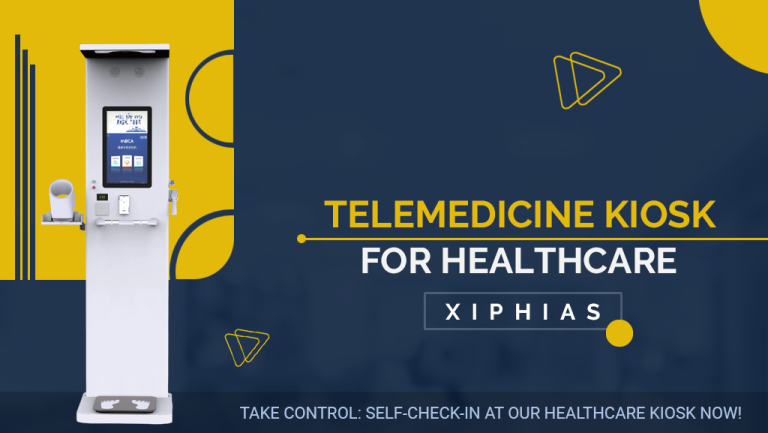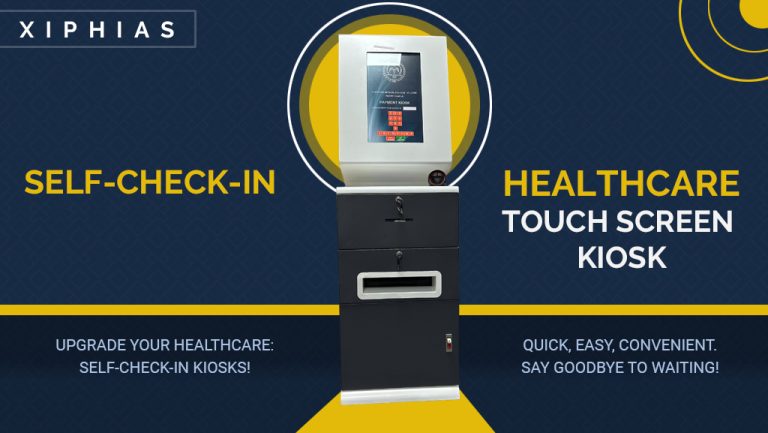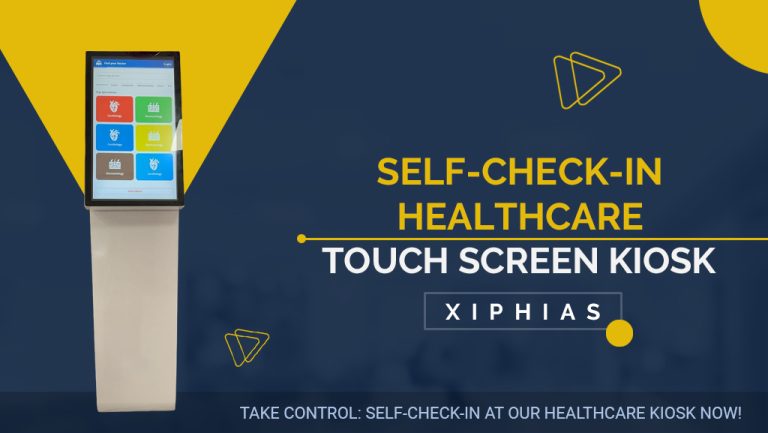Healthcare Kiosks: Bridging the Gap Between Technology and Patient Care
In today’s rapidly evolving healthcare landscape, technology plays a vital role. One innovation making waves is the healthcare kiosk. These self-service machines are revolutionizing patient care by enhancing accessibility and efficiency.
Understanding Healthcare Kiosks
Healthcare kiosks are user-friendly terminals located in hospitals and clinics. They enable patients to perform various tasks independently. This includes checking in for appointments, updating personal information, and making payments. Kiosks often provide educational resources about health conditions and treatments.
Enhancing Patient Experience
1. Reducing Wait Times
One significant advantage of healthcare kiosks is their ability to reduce wait times. Patients can check in quickly and efficiently. This minimizes the time spent in crowded waiting areas. Shorter wait times lead to higher patient satisfaction.
2. Promoting Independence
Healthcare kiosks empower patients to take control of their healthcare journey. By allowing patients to manage their information, kiosks foster a sense of independence. This self-service approach can lead to increased engagement in their own health.
3. User-Friendly Design
Modern kiosks are designed with the user in mind. Large touchscreens and intuitive interfaces make navigation easy. This accessibility ensures that people of all ages can use them without assistance. Clear instructions guide patients through the process.
Improving Operational Efficiency
1. Automating Administrative Tasks
Healthcare kiosks automate many routine administrative tasks. This allows hospital staff to focus on more complex duties. Automating check-ins and data entry can reduce the workload on front desk personnel.
2. Reducing Human Error
Kiosks help minimize human errors in data entry. When patients input their information directly, the likelihood of mistakes decreases. Accurate data is crucial for effective treatment and patient safety.
3. Real-Time Data Integration
Healthcare kiosks integrate with hospital management systems. This real-time data exchange ensures that patient records are always up to date. Efficient data management improves the overall quality of care provided.
Bridging the Digital Divide
1. Accessibility for All
Healthcare kiosks can be designed to cater to diverse patient needs. Many kiosks offer multilingual support, making them accessible in multilingual communities. Features for those with disabilities also ensure that everyone can utilize these services.
2. Educating Patients
Kiosks provide educational resources that empower patients. They can access information about medical conditions and treatment options at their fingertips. This access fosters informed decision-making regarding their health.
3. Telehealth Integration
Some healthcare kiosks offer telehealth capabilities. Patients can connect with healthcare providers remotely. This feature is particularly beneficial for follow-up appointments or minor health concerns, making care more accessible.
Addressing Challenges
1. Initial Investment Costs
While healthcare kiosks provide many benefits, the initial investment can be significant. Hospitals must carefully evaluate the costs versus the potential return on investment. Conducting a thorough analysis can help in making informed decisions.
2. Training Staff
Successful kiosk implementation requires adequate staff training. Employees must understand how to assist patients who encounter difficulties. Ongoing training ensures that staff are well-equipped to handle various scenarios.
3. Patient Education on Technology
Some patients may be unfamiliar with using kiosks. Hospitals should provide clear instructions and support. Simple guides and visual aids can help educate patients on how to use the kiosks effectively.
Future Trends in Healthcare Kiosks
1. Advancements in Technology
As technology evolves, healthcare kiosks will become even more sophisticated. Future kiosks may incorporate artificial intelligence to provide personalized health information. This advancement could lead to more tailored patient experiences.
2. Expansion of Services
Kiosks are likely to expand their range of services. Features like preliminary health assessments may become commonplace. This could help identify potential health issues before patients see a provider.
3. Greater Focus on Patient-Centric Care
The trend toward patient-centric care will continue to grow. Healthcare kiosks align perfectly with this approach by putting patients in control. Empowering patients is essential for improving overall health outcomes.
Conclusion
Kiosks are bridging the gap between technology and patient care. They enhance the patient experience while improving operational efficiency. As technology continues to advance, these kiosks will play an even more significant role in healthcare delivery.
Investing in healthcare kiosks is not just about keeping up with trends. It is about creating a more efficient, accessible, and patient-centered healthcare environment. By embracing this technology, healthcare providers can improve the quality of care and empower patients. The future of healthcare is bright with the integration of kiosks, paving the way for a more efficient and engaging patient experience.

